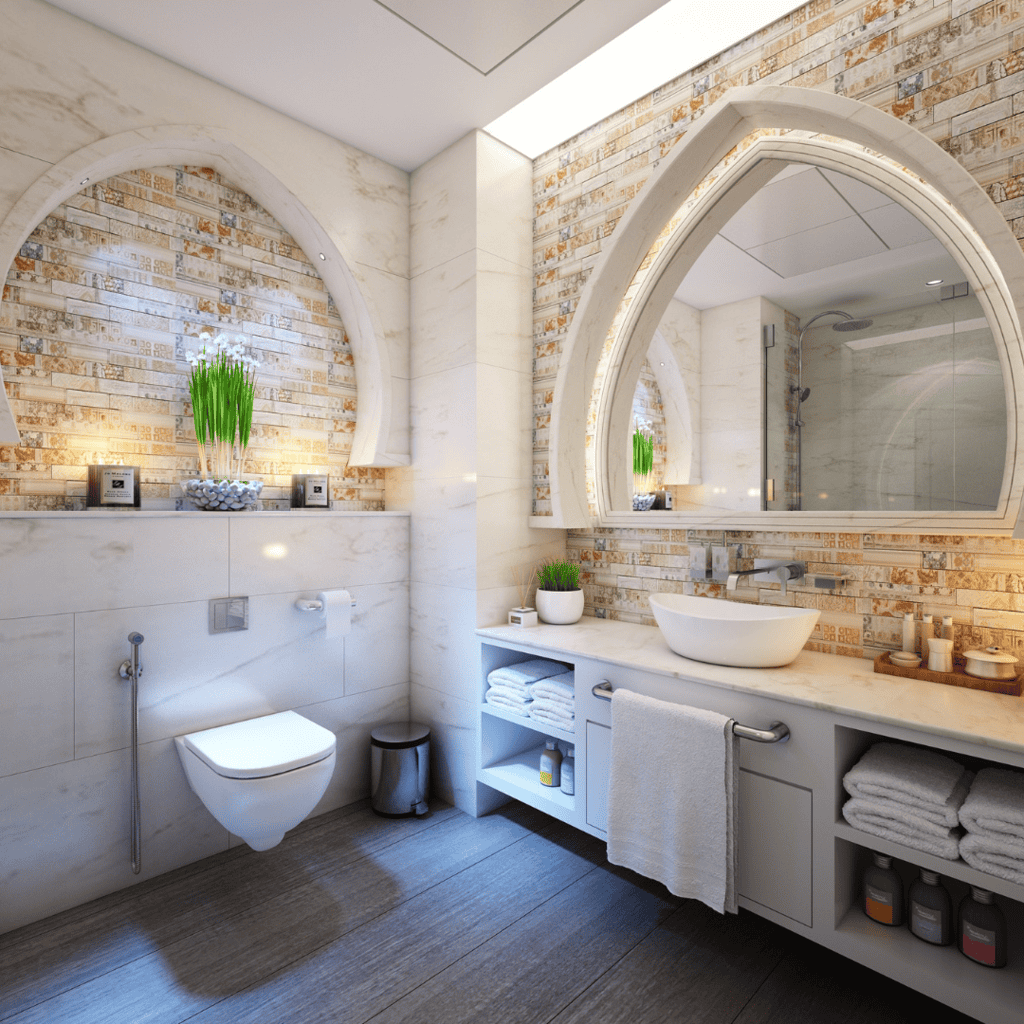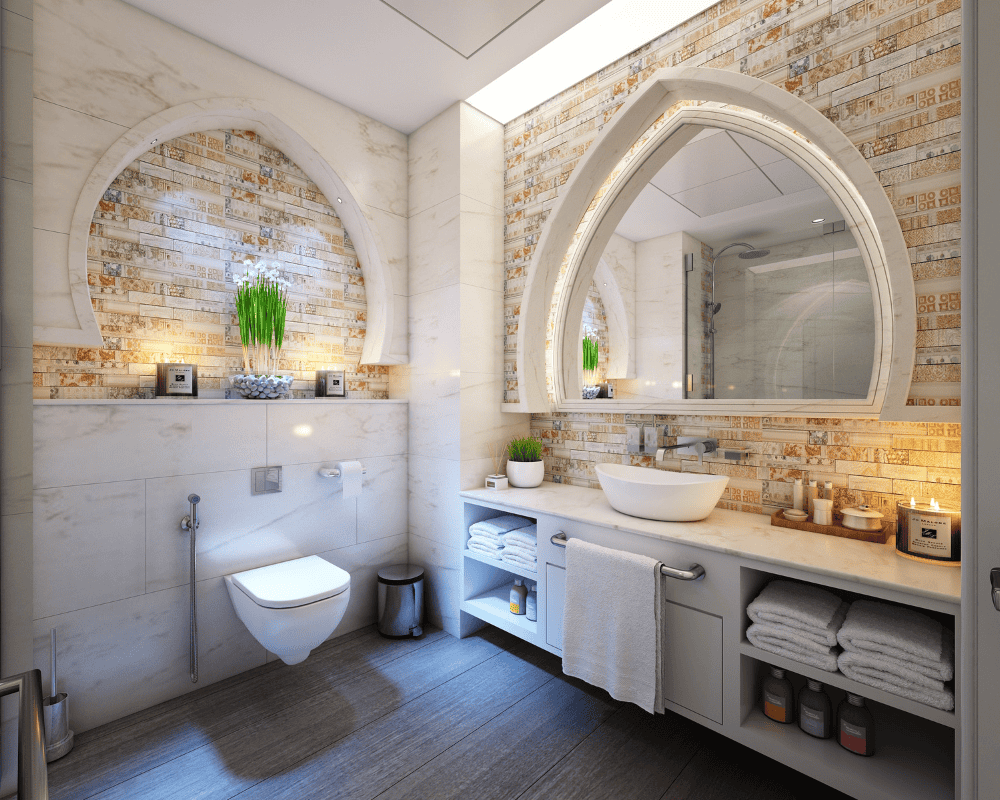
What Are The Secrets Professional Home Designers Use?
It’s very easy to look at an acclaimed or successful professional in any field and assume they have hidden techniques that could only be developed through hard work and deep learning. That’s true to an extent, of course; a mechanic that can help fix and improve any vehicle is hardly someone who just started the practice yesterday.
However, it’s also true that most successful practitioners will learn the value of simplicity, of making basic techniques work well. It’s not that they use advanced techniques constantly, but that they know how to do very simple things perfectly. This is often the case with high-level chefs, who value the freshness of ingredients and handle them respectfully over any secretive cooking technique or secret sauce.
The same could be said for home designers – those who become great at it often have the vision to design a home with excellent simple techniques that allow the space to speak for itself. It’s not about $10,000 sofas or high-end coffee tables imported from Japan; it’s about carefully maximizing the beauty and function of a home with care.
So, let’s consider what techniques they use to do that:
Focal Points

A few good focal points can make all the difference in the world. You could say this design objective adds a “point” to each room or an orientation spot where all your other design elements come into play. A simple focus is that of the fireplace and media walls used in your living room – this allows you to format the rest of your seating arrangement for visibility of the focal point and social engagement with one another. Orientation is a big part of good home design; focal points are the fulcrum from which you plan it.
Lighting Influences
How lighting influences space and plays through a room is essential to plan for. It’s good to take the most common natural light exposure (such as through lightly but not overly sunny weather) and take a picture of the room every hour of daylight to get a good idea of how the sunlight plays throughout the room. This way, you can orient furniture to help avoid glare, set up a reading corner to enjoy maximal sunlight throughout the day, and place the surrounding freestanding or mounted light fixtures in the darker areas.
Space Planning
It’s not just the space you decorate but the space you navigate that matters most in any building. This can help you retain your discipline when placing furniture in a room. A good rule of thumb to go by is that if it prevents your main door into a room from opening fully, your furniture isn’t oriented correctly and can use readjustment or removal. Consider navigable space and how convenient that is – it may determine where you place your coffee table, how people move from one room to another, and even essential plans like how they escape in the event of a fire.
With this advice, you’re sure to see that often; home designers use simple and logical techniques but with a sense of class and cohesiveness that comes with experience.



